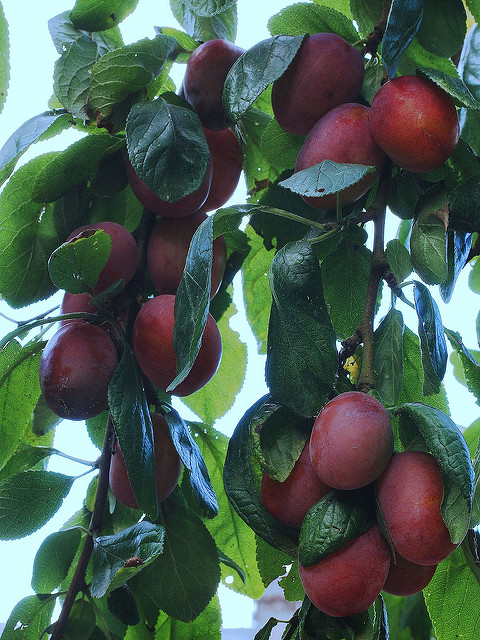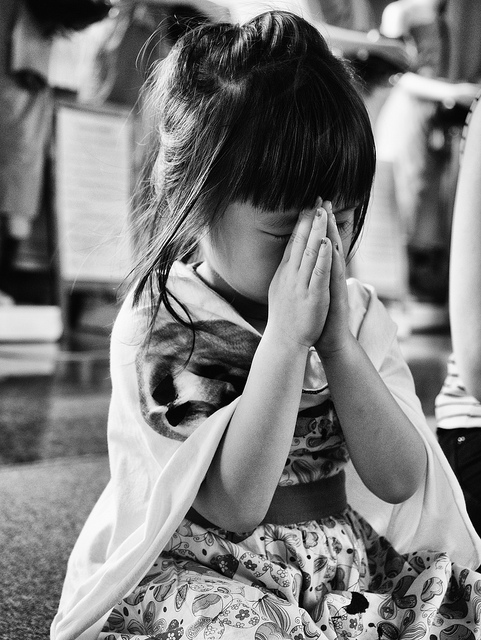
Bowing to someone who has died can feel rather unnatural to those of us raised in the West. We’re not used to bowing in daily life. We might associate it with submission or subservience, which can be uncomfortable positions to be in.
Why do we see those officiating at funerals bowing to the coffin?
Bowing is a long-held tradition at funerals. You might simply see it as an action that’s performed out of habit. We can bring it into conscious awareness and reflect on our intentions. Then, what can reveal themselves are opportunities to develop life-serving qualities within us.
Humility
This is about a recognition of the unity at our core. We are interdependent with other humans and with other beings. You might ask: ‘What do I have to offer? What am I genuinely willing to share with the rest of the world?’ There is strength in humility. Our humility towards someone who has died is an attitude of gratitude for everything they’ve taught us and given us – the part they’ve played in our lives. We might feel generous, even overflowing, with thankfulness because we realise we have now lost what was so precious to us.
I like the metaphor of a fruit tree that stands erect before it bears fruit, and when laden with its harvest is bent over under the weight of it’s abundant offering. Plum trees are particularly good at this! Humility is not a self-imposed, willed virtue, but an inner state of consciousness that feels pure joy in its expression. In true humility we neither veil our ignorance nor make a display of our knowledge. The gratitude that results is an antidote to egotism. The death of another is a stark reminder that we are not indispensable. That can make us feel humble.
Surrender
Out first response might be to consider surrender as submission or subservience. From the perspective of the mature psyche, surrender is deep acceptance of what is. It is the acceptance of not being in control and of simply being a co-creator. It is a willingness to take on board the given of life that everything changes and ultimately dies, including ourselves – an unreserved consent to what we are powerless to change.
In addition to being a condition that cannot be changed, a ‘given’ is also something that has been gifted to us. The givens of life hold gifts for us because they call on us to develop our depth of character, our compassion and wisdom. So marking our willingness to surrender through bowing to a person who’s died serves to remind us that this is a transition through which we intend to grow and develop.
Devotion
Bowing can be an act of devotion. Depending on whether our personal beliefs lean us towards religion, spirituality or more secular views on life, this might be a commitment to a spiritual or ethical path or a route of integrity. It might be a way for us to affirm our true north – the values we choose to live by. We might consider it bowing to the beauty of life itself.
‘Devotion proceeds through various stages of unmasking until we reach the point of seeing the world directly and simply, without imposing our fabrications…There may be a sense of being lost or exposed, a sense of vulnerability. That is simply a sign that ego is losing its grip on its territory; it is not a threat.’
Chogyam Trungpa Rinpoche
Honouring
I see honouring (or you might call it respect) as being a deeper form of gratitude. It’s at the level of communing and attuning with another’s presence and process. We might consider bowing as symbolic of our honouring of the threshold of death, this unique transition in our lives. We might use it for renewal, to further our personal and collective evolution.
What if the person who has died is someone we don’t like or didn’t get on with?
We can feel and express gratitude for what we’ve learned from them e.g. how they’ve challenged us. This might have led to us upgrading our personal skills in order to handle difficult situations with them. Or we might be glad that they taught us how not to behave! Even though we didn’t get on with them, there will probably be those who did. So we can demonstrate our gratitude for those relationships and the benefits we’re aware of that emanated from them.
‘Gratitude unlocks the fullness of life. It turns what we have into enough and more. It turns denial into acceptance, chaos into order, confusion to clarity, It can turn a meal into a feast, a house into a home, a stranger into a friend.’
Melody Beattie.
Using silence and presence.
You might use any quiet time in a funeral ceremony to reflect on your relationship with the person who’s died. It’s an opportunity to offer prayer to express humility, surrender, devotion or honouring, if prayer is a usual part of your life. A more secular response might be to have a quiet, internal, imaginary conversation with the person who’s died, to express these sentiments. From this perspective, this is not about actually talking with the person who’s died. From the secular view the person who’s died can no longer hear us. The intention is to use our minds to trigger healing and integrating responses within our own psyche for the good of our mental wellbeing. It’s to help us ‘come to terms’ with what’s happened, whatever the circumstances.
Bowing at the Committal or as We Leave.
As a celebrant, I more often than not bow at the committal stage of the ceremony. It’s a ritual (an action with meaning) to symbolise humility, surrender, devotion and honouring. I like to bow as the curtains close (if we close them), or just after I’ve spoken on our behalf to the person who’s died. This is the point where send them off with our love and blessings. At the next funeral you attend, you might like to join the celebrant or minister in bowing at this juncture in the ceremony. Or perhaps you could bow as you leave the chapel and walk past the coffin, although you might feel more conspicuous this way. I would suggest setting a silent intention first, so that the action of bowing means something of value to you. See how that feels in your being. You might be surprised at the degree of peace it beings you.
Bowing can serve healthy grief and and help us to move on.
‘What humility does for one is it reminds us that there are people before me. I have already been paid for. And what I need to do is prepare myself so that I can pay for someone else who has yet to come but who may be here and needs me.’
Maya Angelou




